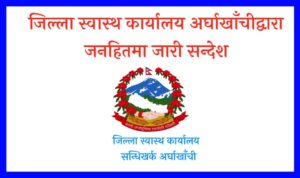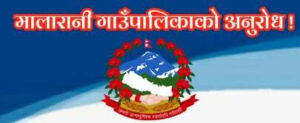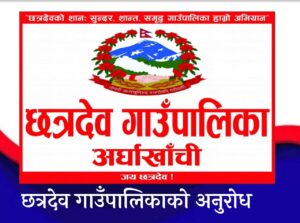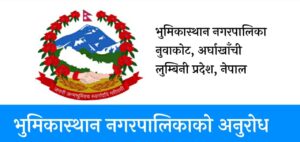19 Mar, 2022
Mahima Devkota Rising Nepal
Kathmandu, Mar. 19: Five of a family from Ramkot, Dandapauwa in Nagarjun Municipality -6 in Kathmandu attempted suicide by consuming poison on March 7.
Of them, a 33-year-old man, Subarna Man Pradhan, died while receiving treatment. Another man, Bhim Man Pradhan, aged 38, his mother, Indira Man Pradhan, aged 62, his wife, Mandira Maya Pradhan, aged 34, and their daughter, Supriva Pradhan, aged 11 are receiving treatment at the Manmohan Hospital.
Similarly, another case of family suicide was observed a year ago in Thankot of Chandragiri Municipality-4. Jamuna Regmi of Thankot Kathmandu, her husband, Binay Regmi along with their two sons committed suicide a year ago on January 16, 2021, by jumping into the Trishuli River. Only the husband was rescued. The investigation on the case had revealed that indebt was a reason behind the act.
As per the data of Nepal Police, in the fiscal year, 2077/78 BS 7,141 cases of suicide have been recorded which was 889 more than the suicide data of the 2076/77 fiscal year. In the fiscal year 2076/77 BS the number of suicide was 6,252. Citing at the increment of suicide rates in the country, it is not a far cry if family suicide will increase dramatically in the country in the years to follow. A total of 3,662 people have committed suicide so far in the current fiscal year.
Dr Sagun Ballav Pant, Assistant Professor at Department of Psychiatry and Mental health at Institute of Medicine under Tribhuvan University said that mass suicide is called pact suicide which is self-induced death where the victims deem the situations to be extremely intolerable or feel hopeless, that they believe to have been in real risks of death, defamation, or shame or consider the sustainable loss of love, care, and faith and chooses to commit suicide.
The first outcome is generally observed when one or two powerful members of a family or group, in mass suicide burdened with any grave problem who thinks that other members are seen incapable to shoulder or solve the problem influences other members that there is no better solution than committing suicide.
He informed that extended homicide is observed in a family or group where one or two strong characters in a family or group often burdened with the problem think that commit suicide thinking that it is the best available option, killing other members first and then commits suicide thinking that they are saving them from grave problems that can be handled.
“Mass suicide of an indebted family in Trishuli River is an example of a suicide committed by a family under the influence of a patriarch who was unable to pay a debt and thought family suicide would solve their problem,” He Said. According to him, there are two outcomes of mass suicide, one is the main person influencing other members to commit suicide and the second is extended homicide.
As per the preliminary investigation, Ramkot Family Suicide was also the consequence of tight money and running out of options.
Bishnu Kumar K.C, Senior Superintendent of Police (SSP) and spokesperson for the police headquarter, Naksal the suicide rate has risen by 60 per cent in comparison to the statistics of the 1990s. Suicide cases have almost doubled in the last 10 years from eight per day to 16 per day. But, the statistics of the mass- suicides are lacking.
He said, “Cases of family suicide may not be observed as often but it can become a big concern when many families would opt to commit family suicide instead of solving a problem.”
Pujan Sharma, Psychologist at Man-Mohan Memorial Medical College and Teaching Hospital, Swayambhu said that mass suicide is often guided by religious and war influences, such as suicide-bombing and pseudo-martyrdom which get religious and political approval.
“Therefore, mass suicide can be committed when a family thinks that there is no way out of their problem,” said Sharma, “identifying and screening high-risk individuals and then listening to their issues and giving them various achievable options definitely helps to reduce mass suicide,” She added.





